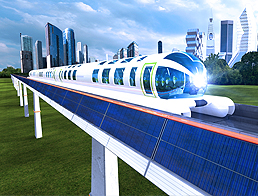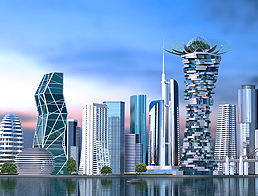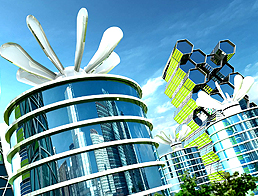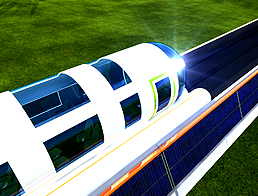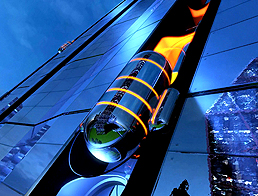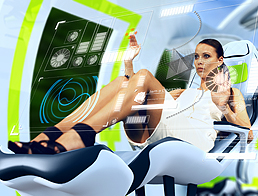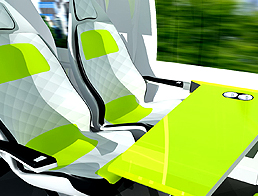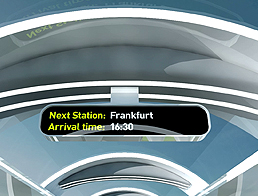We see how the discoveries and brand new ideas in the fields of technology, communication, energy, materials etc. change the way we perceive reality. The rules are changing too. At the beginning of a new era, our society expects new ideas. Those ideas can be already recognized in so many interconnected processes in the fields of technology, transportation and urbanism. We can see with our own eyes how it transforms our cities. It’s like a new seed, a signal that everything is indeed in motion.
Cities
In his legendary presentation at TED, Geoffrey Rush expressed humorously the reason why cities are going be subject to a profound transformation. In the future, up to 95% of the planet’s inhabitants are going to move to cities. Tens of millions of people are going to live in the hundreds of newly formed megalopolises.
The reason is obvious – savings from growth.
In the concentrated area of a city interconnected by a tangled web of transportation, infrastructure and communications, one can benefit from the synergies a city offers.
What does this fact mean for the existing cities?
That they are going to undergo extensive re-urbanisation and renewal.
Every city, every area, even every quarter is going to get a chance for renewal and redefinition.
It is thus possible for unique and singular spaces of distinctive characteristics to arise within the local plans of the present-day cities. Projects of economical, intelligent and creative architecture can take into consideration the requirements for quality public spaces. Cheap and fast transportation. Energy saving possibilities, a new approach to the neighbourhood and natural environment, the requirement for permanent recycling and a perfect treatment of energy sources. Hand in hand with aesthetics, humour and the realization that the creation of an environment which encourages, pleases, develops and respects individuality develops and serves the human being.
Those cities that will understand this are going to gain an advantage.
Transportation is going to play a fundamental role in this.
Transportation
Cities are necessarily going to require flawless and detailed connections. Population mobility is a prerequisite for the development of cities. Current transportation networks, which have arisen organically based on the previous generations’ needs and possibilities, are failing abjectly. Mobility based on individual replacements of persons, goods and property, connected with the ownership of means of transport, has lead to an energetically extremely expensive way of transport which burdens both the city and its population. It clogs its arterial roads, forces us to develop excessive management systems and consume immense and exorbitant amounts of energy. Cheap – or, preferably, free – public transport is going to be the stimulus and motivation for the development of cities and their inhabitants.
What can we expect? Means of public transport are going to witness a renaissance. Existing infrastructure has to be reinforced by new systems that can boost up population mobility within cities. This is going to be manifested by alert, intelligent, automated, and unattended locally dimensioned transportation systems bolstering the identity of a city.
The interior of a carriage
Let us turn our attention to the means of transport themselves. How would we like to travel? How much time are we going to spend travelling? And could this time be used meaningfully?
For work. For fun. For games. For cooperation?
Higher population mobility is necessarily going to lead to increased demands on the comfort of travelling. Nobody will want to spend their time during the transportationpurposelessly and passively. To the contrary. Time necessary for the transportation has to become an advantage. A refreshing, inspiring and enjoyable way of living one’s life. A moment to replenish one’s energy, finish a job, prepare for a meeting, have a good time with one’s family or fix the business. New and modern transportation units are going to undergo a transformation. Expansion of thepassenger space. Better services and the democratisation of comfort. An interesting programme that imbues the journey with a genuine experience.
Changes in the construction, speed and overall conception.
Space is the key. In the future, the work of designers, architects and design engineers is going to bring about a change in the general approach to demands and requirements of millions of passengers.
We can see the things ahead

